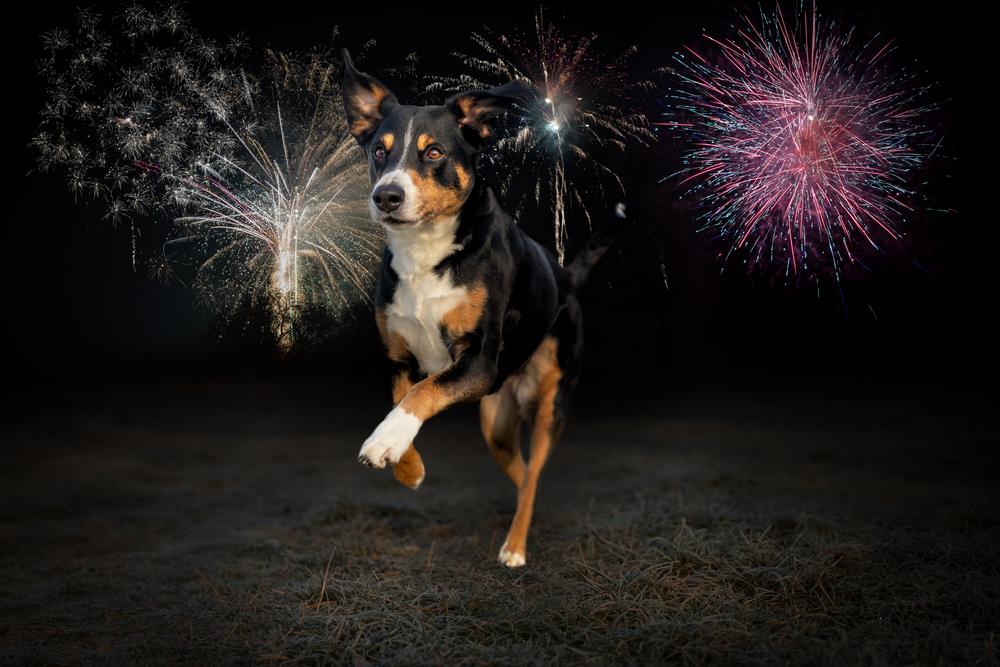Understanding Your Pet’s Fear of Fireworks
Imagine an explosion of noise, light and vibration, without any context or warning. That’s what fireworks feel like to our pets. Dogs and cats, in particular, have a heightened sense of hearing, which makes the loud, unpredictable sounds of fireworks terrifying to them. The noise level of fireworks can reach up to 150 decibels, 120 decibels above the human pain threshold.

This fear can lead to both physical and psychological effects. Physically, pets may attempt to escape, leading to potential injury or loss. Psychologically, they can develop a condition called noise phobia, leading to long-term anxiety and stress.
In the next section, we will discuss how to safeguard your pets during fireworks displays and help them cope with their fear.
Acclimatising Your Pet to Loud Noises
Preparing your pet for the cacophony of fireworks is paramount. Confronting them with such noise suddenly could induce stress or anxiety. Hence, the significance of gradually acclimatising pets to loud noises cannot be overstated. By increasing their exposure to such sounds incrementally, you can help your pets better cope with the audible shock of fireworks.
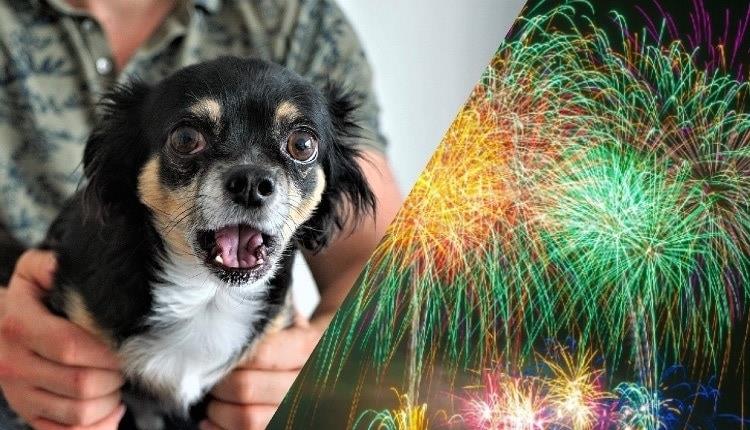
Desensitising Pets to Fireworks Noises
Employing sound therapy is a remarkable step towards desensitising your pets to fireworks noises. Begin with playing firework sounds at low volumes and increase the sound level gradually. This strategy can help your pet become familiar with and less bothered by such noises over time.
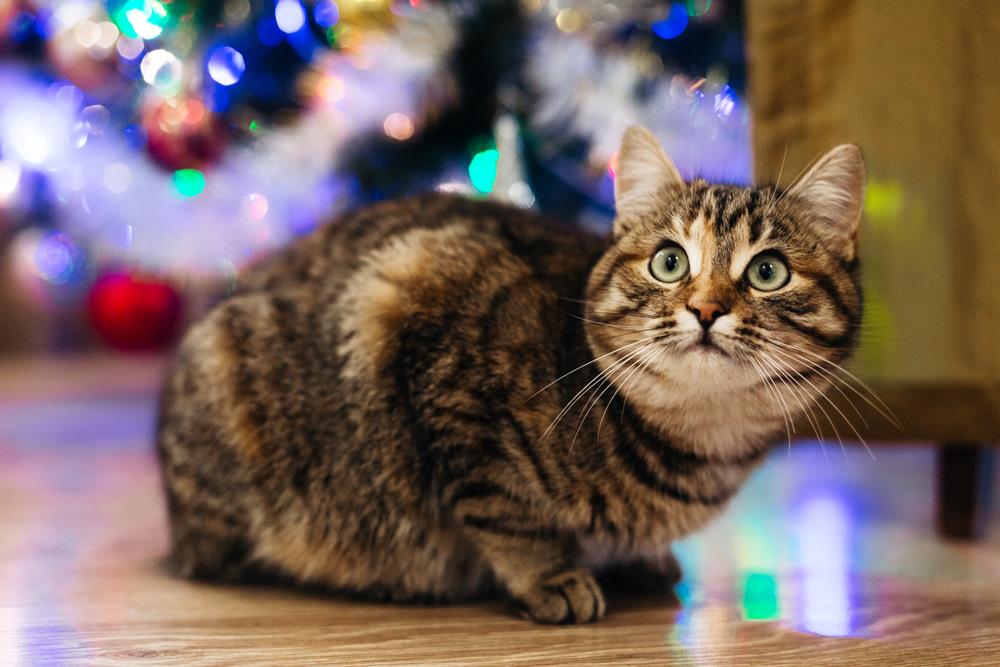
Positive Reinforcement Techniques
To make the desensitisation process effective, use positive reinforcement techniques. Reward your pet when they remain calm during the noisy firework sounds. This approach encourages them to associate the sound with positive experiences, thereby reducing their fear.
Creating a Safe Space for Your Pet
It’s crucial to provide your pet with a secure, tranquil spot in your home, particularly when fireworks are set off. This designated area can significantly reduce your pet’s anxiety and fear. Familiar objects can provide comfort and security to pets. Therefore, incorporate their favourite toys, blankets, and bedding in the safe space.
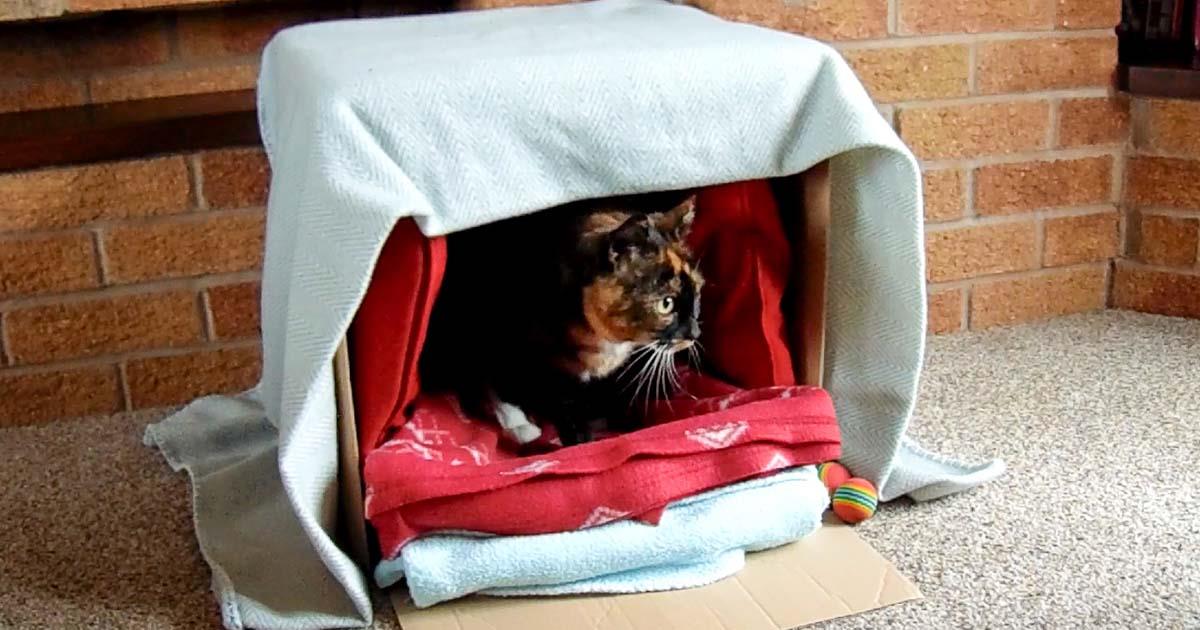
The Role of Crates and Pet Dens
Crates and pet dens can play a significant role in providing a secure environment for your pet. These spaces should be spacious, comfortable, and associated with positive experiences. Avoid using these spaces for punishment, as this can create fear and anxiety.
Benefits of Familiar Objects
Utilising familiar objects within these spaces can help create a sense of security for your pet. The scent and familiarity of these items can have a soothing effect, reducing anxiety and stress levels.
Overall, creating a safe space for your pet during fireworks can help maintain their wellbeing and minimise potential distress.
Recommend adding a chart showing the positive effects of familiar objects on pet anxiety.
Ensuring Your Pet’s Identification Information is Up-to-Date
One of the most overlooked aspects of pet safety during fireworks is ensuring your pet’s identification information is current. A crucial element of this is microchipping. Microchips are a reliable form of digital ID that, unlike collars and tags, cannot fall off or become unreadable. It’s vital to ensure that the contact details linked to your pet’s microchip are up-to-date, as this can expedite a reunion in case your pet becomes lost amidst the fireworks chaos.

Besides microchipping, collars fitted with ID tags also play a significant role in pet identification. Despite their potential to get lost or damaged, they offer an immediate visual form of ID which can return your pet home swiftly. Regularly checking and updating these tags is therefore crucial.
Keeping Recent Photos of Your Pet
Last but not least, always keep recent photos of your pet. These pictures can prove invaluable in identifying and locating your pet if they get lost. We recommend taking clear, up-to-date photos from multiple angles and noting any distinguishing marks.
Utilising Prescription Medications and Natural Remedies for Pet Anxiety
When pets experience severe anxiety, especially during firework displays, prescription medications may be necessary. These anxiolytic drugs are designed to mitigate anxiety symptoms, providing comfort for your pet during high-stress events. However, their use should be strictly under a vet’s guidance to ensure safety and effectiveness.
Natural Remedies: An Alternative Approach
Natural remedies like CBD oil and calming herbs can also alleviate anxiety. Emerging research suggests that CBD oil may have calming effects on pets, while certain herbs have been used traditionally to promote relaxation. Remember, even with natural remedies, professional advice is crucial.
Consulting with a Veterinary Professional
Before administering any medications or remedies, it’s essential to consult with a vet. They can provide personalised advice tailored to your pet’s needs, ensuring their safety and well-being during firework displays or other anxiety-inducing events.
Professional Training to Alleviate Pets’ Fear of Fireworks
Fireworks, while delightful to humans, can be utterly terrifying for our pets. Professional training can make this a thing of the past. Expert trainers use a variety of techniques, such as counter-conditioning and desensitisation, to gradually ease pets’ fear of loud noises.
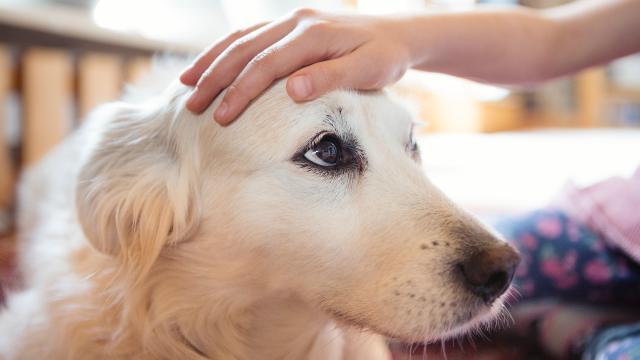
Behaviour Modification Techniques
Behaviour modification techniques like counter-conditioning and desensitisation can greatly help pets combat their fear of fireworks. Counter-conditioning involves changing your pet’s emotional response, while desensitisation gradually exposes your pet to the fear-inducing stimulus, reducing its impact over time.
Safety Tips for Outdoor Pets
Ensuring the safety of your outdoor pets, like rabbits and birds, is paramount, especially during firework displays. Ensure your pet has a sheltered and quiet space for your pet to retreat to. This space should be insulated against noise and bright flashes. Include their favourite toys and bedding, to make them feel secure.
Indoor Accommodations During Firework Displays
When firework displays are imminent, it’s prudent to bring your pets indoors. A quiet, dark room for birds to lessen the impact of the loud noises and bright lights.
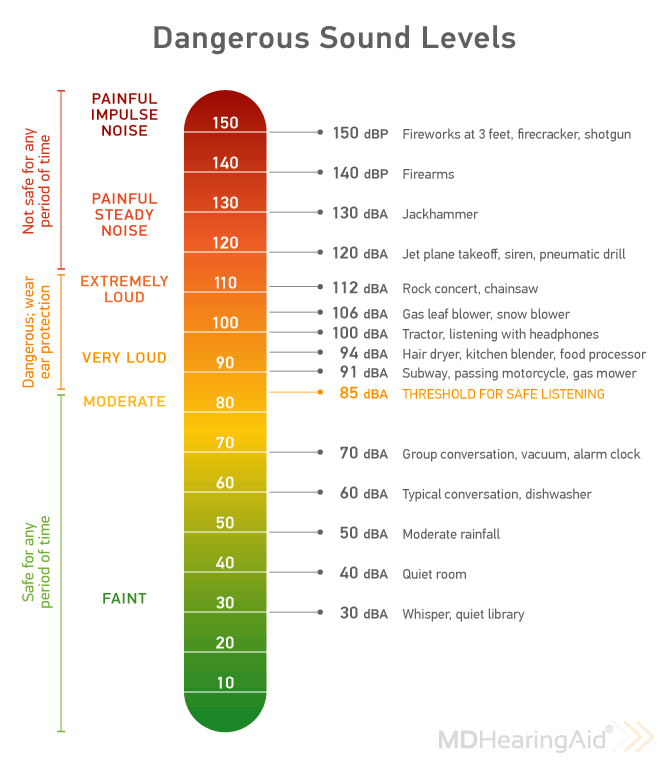
Monitoring Your Pet’s Behaviour and Health
Close monitoring of your pet’s behaviour and health is vital during this period. Any change in behaviour or eating habits could indicate stress. If you notice any such changes, consult your vet immediately.
Recognising Severe Stress Signs in Pets
Our pets are experts at masking their emotions, but fireworks can push them to their limit. It’s essential to recognise signs of severe stress or anxiety in pets such as excessive panting, shaking, hiding, or destructive behaviour. If your pet continues to exhibit these signs even after the fireworks end, it might be time to consult a professional.
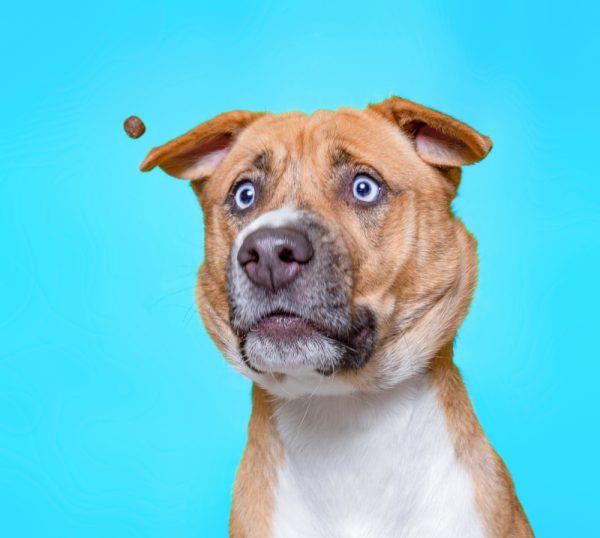
The Importance of Professional Consultation
Don’t underestimate the importance of professional help if signs of distress persist. Your vet can provide valuable advice and treatment options to help alleviate your pet’s anxiety. In extreme cases, they may refer you to an expert such as a veterinary behaviourist or pet therapist. These professionals are trained to understand animal behaviour and can offer tailored interventions to help your pet cope.
Professional Help Options for Pets
There’s a wide range of professional help available for distressed pets. Veterinary behaviourists, for instance, can help address underlying behavioural issues, while pet therapists can provide calming therapies such as animal-assisted therapy. Remember, every pet is unique, and what works for one may not work for another. It’s crucial to choose the right professional for your pet’s specific needs.

